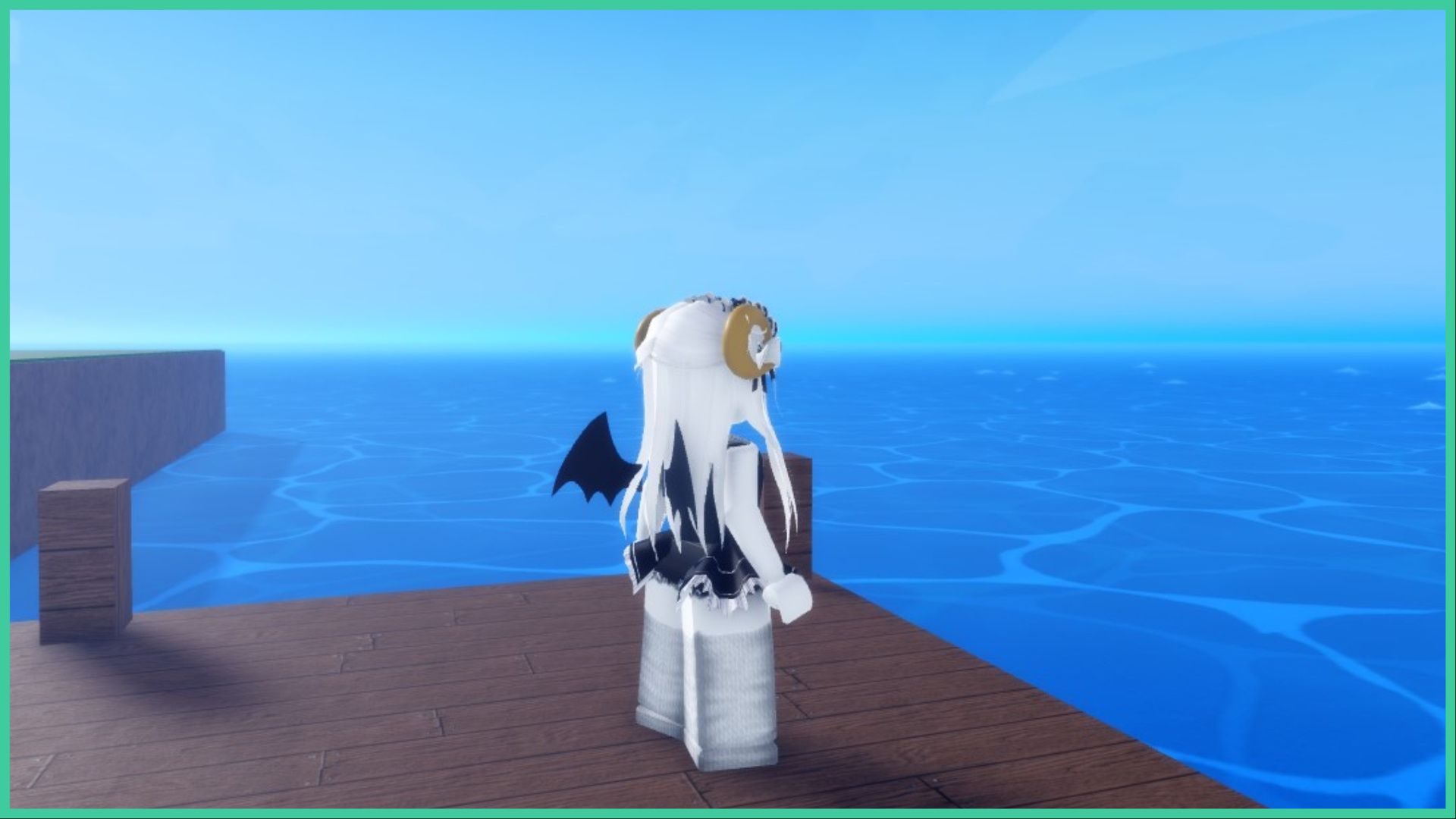- Wondering how to get Monopoly GO! free rolls? Well, you’ve come to the right place. In this guide, we provide you with a bunch of tips and tricks to get some free rolls for the hit new mobile game. We’ll …
Best Roblox Horror Games to Play Right Now – Updated Weekly
By Adele Wilson
Our Best Roblox Horror Games guide features the scariest and most creative experiences to play right now on the platform!The BEST Roblox Games of The Week – Games You Need To Play!
By Sho Roberts
Our feature shares our pick for the Best Roblox Games of the week! With our feature, we guarantee you'll find something new to play!Demon Piece Races – All Race Buffs
By Adele Wilson
Our Demon Piece Races guide details all of the buffs, rarities, and characteristics for each race in the One Piece Roblox game.
From Scrubbles to Bubble Town
In the hit-driven business of casual games, if a game flops it rarely gets a second chance because it’s already been bowled over by the "next big thing." That’s what makes the story of Bubble Town (also known as Scrubbles) so interesting.
The title was developed as a PC download for college-age students, released to a market dominated by 50+ year old women (who hated it), condemned as a failure, resurrected as a mobile game with a new name, released onto Facebook and MySpace where it became a hit, and then re-released as a PC download under its new name and, most recently, a version for the iPhone.
The story of Bubble Town provides a great insight into why certain games are given second chances, and why some games become hits and others don’t.

In the hit-driven business of casual games, if a game flops it rarely gets a second chance because it’s already been bowled over by the “next big thing.” That’s what makes the story of Bubble Town (also known as Scrubbles) so interesting.
The title was developed as a PC download for college-age students, released to a market dominated by 50+ year old women (who hated it), condemned as a failure, resurrected as a mobile game with a new name, released onto Facebook and MySpace where it became a hit, and then re-released as a PC download under its new name and, most recently, a version for the iPhone.
The story of Bubble Town provides a great insight into why certain games are given second chances, and why some games become hits and others don’t.
Scrubbles takes shape
First released as a casual download in June, 2006, Scrubbles was the product of a small development team at Oberon Media (now I-play) who were asked to create a game for a younger audience. The artwork from Scrubbles was the product of yet another project that was cancelled, but the team loved the art so much that they decided to resurrect it.
“At that point we were asked to make a game for a younger audience – players we might find on MySpace or other social networking sites,” said Cara Ely, Creative Director at I-play. “That was a jumping-off point for many elements of the game.”
According to Ely, the team’s schedule didn’t allow it to recreate the existing art work from the cancelled product, so they decided to temper the bright, cartoon-like artwork with some adult humor and pop culture references.
When it was released, however, the game struggled with an identity crisis based on audience perception. The art, while suited to sensibilities of the 18-30 crowd, struck older audiences as “kiddie,” and yet the Scrubbles characters were routinely risqué and foul-mouthed.
“We were really aiming for a South Park style feel for the Scrubbles – disarmingly cute character art, contrasted by adult (and slightly lewd) personalities. Again, the kind of humor and pop-culture references that match the college-age market really well,” said Jonathan Grant, Scrubbles programmer and game designer. “In hindsight, it’s clear that the combination is totally wrong for the conventional casual market, since the last thing someone wants from a game they think of as “for kids” is a bunch of PG-13 dialog.”
“I think the bottom line on this perception is that high-saturation, shiny-looking vector art is very generational in its appeal,” Grant added. “While this kind of a look and feel is a perfect match for the age we were aiming for (it’s heavily in use on communities like Iminlikewithyou), the reactions we got from the more classic casual market were not the ones we were looking for. There’s a perfect example of this in the marketing copy on the Big Fish Games page for Bubble Town – whoever wrote it clearly thinks it’s a kids game!”
The comeback kid
Scrubbles may have been down, but it was definitely not out. I-play relaunched the game for cell phones and it became a strong seller. Because of its mobile success, the Facebook version was launched, originally as an upsell to the mobile version.
On Facebook and MySpace was where the game really became a hit. According to Ely, it shot into the Top 20 list of all Facebook applications. On MySpace it reached #2 for about 15 weeks, and is currently the site’s #3 most played game. Since its launch on MySpace alone, the game has generated more than 80 million minutes of gameplay.
“Now here’s where things got a little complicated,” Ely explained. “The game was renamed Bubble Town for the mobile version. The Facebook web version was an upsell to the mobile, so it was also called Bubble Town. So we had this not-so-popular version of the game for PC download named Scrubbles, and these hugely popular versions named Bubble Town, and we had to reconcile the two. The PC version was renamed to Bubble Town, and re-released.”
A question of branding
The decision to release Bubble Town as a PC download came down in part to branding, and the desire to amalgamate all versions of the game under the same name, according to Ely. In terms of presentation and gameplay, Bubble Town is essentially the same as Scrubbles without the cutscenes and voice-overs (which can still be heard on the original Scrubbles download.)
“This story really highlights the importance of original IP (intellectual property),” said Ely. “Even though Scrubbles for PC did not sell well, it was our own IP. So when the mobile team was looking for a PC download game to bring to mobile, Scrubbles topped the list — it did not have a huge audience yet, so the risk of ‘damaging’ the IP was low.”
Although Grant loved Scrubbles and is thrilled to see it rereleased, he said he doesn’t think it will become a common practice in the industry.
“The games industry in general is driven by novelty, so you’re much more likely to see sequels than re-releases,” he said. I think releasing many versions of a game is generally a bad thing for consumers – isolated releases of the same title floating around the marketplace are confusing and can be frustrating (‘why didn’t I get X feature in my copy?’)
“So I think a better experience for the customer is an extension of the buying relationship beyond the single transaction. Maybe the game does get updated and changed, but the purchaser is included in this ongoing experience. You can see the move to this kind of a model slowly happening in the casual market, but it’s terribly, terribly slow.”
Got something to add to the discussion? Sound off in our forum.
More articles...
Monopoly GO! Free Rolls – Links For Free Dice
By Glen Fox
Wondering how to get Monopoly GO! free rolls? Well, you’ve come to the right place. In this guide, we provide you with a bunch of tips and tricks to get some free rolls for the hit new mobile game. We’ll …Best Roblox Horror Games to Play Right Now – Updated Weekly
By Adele Wilson
Our Best Roblox Horror Games guide features the scariest and most creative experiences to play right now on the platform!The BEST Roblox Games of The Week – Games You Need To Play!
By Sho Roberts
Our feature shares our pick for the Best Roblox Games of the week! With our feature, we guarantee you'll find something new to play!Demon Piece Races – All Race Buffs
By Adele Wilson
Our Demon Piece Races guide details all of the buffs, rarities, and characteristics for each race in the One Piece Roblox game.







